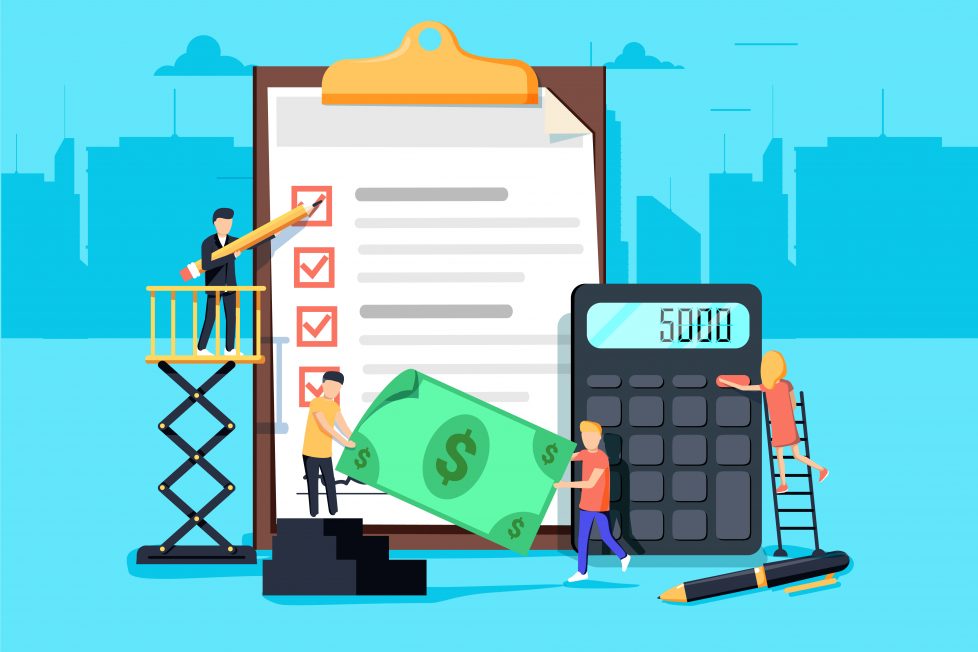4 Tips for Finding More Money in Your Monthly Budget

About three-fourths of Americans use a budget to track their spending, which is great news. Creating a budget is a necessary first step toward understanding how much money is coming in, how much money is going out and why. Seeing your income and expenses laid out plainly is the first step toward taking control of your finances and prioritizing what’s important to you — like building an emergency fund, saving for retirement, making big-ticket purchases and having fun the responsible way.
It’s important to revisit your budget periodically rather than treating it like something you “set and forget.” Income, expenses and life goals change. What worked last year at this time may not be the best path forward now. There are almost always opportunities to optimize your personal finances lurking within your budget. It’s your job to identify them and make changes accordingly.
While it’s not always possible to suddenly make more money at the drop of a hat, it’s often possible to find more money within your monthly budget.
Here are four tips to help you get started.
The term “fixed expenses” sounds somewhat permanent — like non-negotiable costs you’ll just have to work around no matter what. But the truth is there’s often wiggle room within fixed expenses. The catch? You may need to make significant life changes to save money here.
Instead of accepting you’ll always have to spend X amount on living expenses, see what you can do to lower the fixed costs that make up the core of your monthly spending. You may be able to renegotiate or bundle your cell phone plan, move to an apartment with cheaper rent, get a roommate, lower your insurance premiums by raising your deductible, lower your transportation costs by walking and taking public transit or cut out cable altogether.
Then it’s time to move on to your variable expenses and “non-essential” costs and do the same.
How you approach budgeting is up to you. If you’ve been using a spreadsheet template, it’s worth trying out a budgeting app. The act of automatically tracking and categorizing your monthly expenses may help you catch entries you previously missed or treated as given. Free budgeting apps today also can help you track your credit score, set savings goals and more.
Most of us have signed up for at least one membership or subscription only to underutilize it — or perhaps even forget we enrolled in the first place.
Debt expert and Freedom Debt Relief co-founder Andrew Housser recommends going over your credit card bills with a fine-tooth comb to find recurring charges, then canceling any service no longer providing its money’s worth. Something as simple as canceling an underused gym membership could save you $40 to $100 each month. Redundant entertainment subscriptions provide another opportunity to make cuts you’ll barely notice or miss.
Debt can drain your budget because it involves a principal balance and interest. Figuring out how to expedite debt repayment can help you reduce how much you pay over the long term.
The snowball method calls for paying off your smallest balance most aggressively while making only minimum payments on the rest. Once you’ve zeroed out that first balance, you jump up to the next-lowest balance. Rinse and repeat until all your debts are knocked out. The avalanche method calls for tackling debts from highest interest rate to lowest regardless of the balance. You may also decide to try a heavy-duty strategy like consolidation, management or settlement. The sooner your debts are eliminated, the more money you’ll find in your monthly budget.
There is likely extra cash lurking within your budget right now. How can you free up this money so you can put it toward your financial goals? Use an app, reduce your fixed expenses, reduce your subscription charges and make debt repayment a priority.
